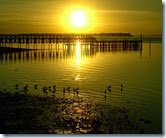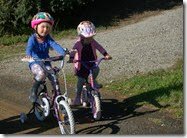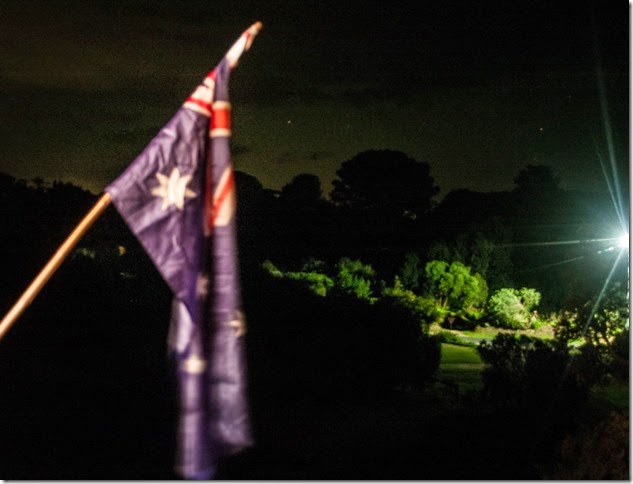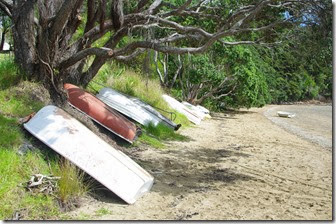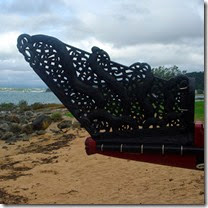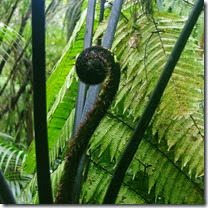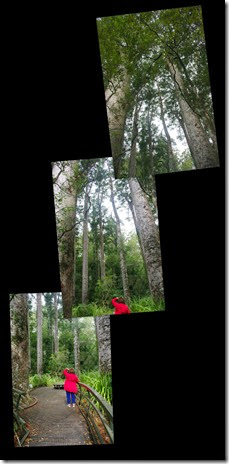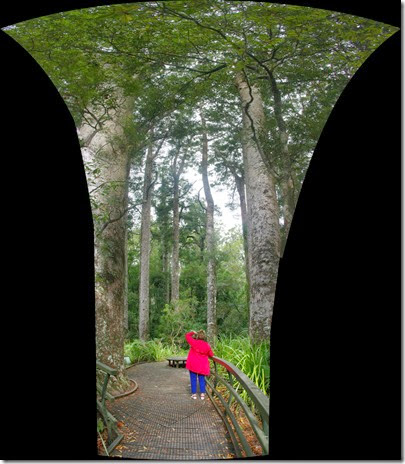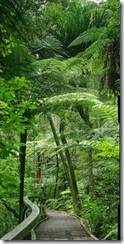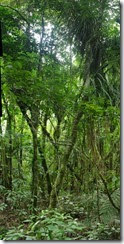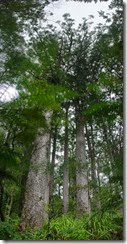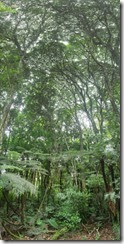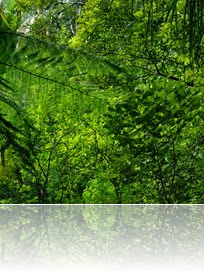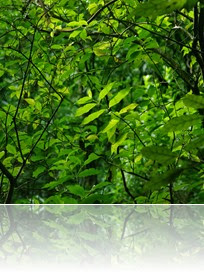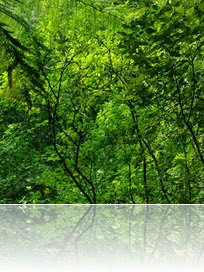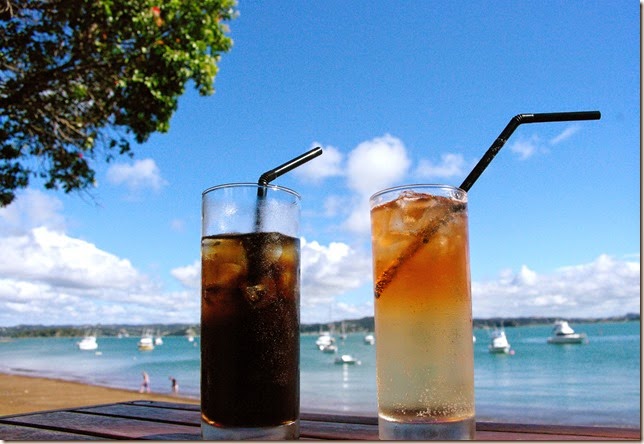Tuesday, April 29, 2014
PhotoProject :: Taking Photos without a Lens
I have had a bit of fun experimenting with ways to get abstract images from my camera so I took the lens off and took a few test shots. Basically all you get is a fuzzy blur, with just a hint of any sharp lines, nothing like a lytro, but they can be beautifully gradations across tones and colours. Assembling some of them into a simple tilled collage helps emphasis this simple beauty.
I am also experimenting here with the publishing service in lightroom and flickr as an alternative to google+ to publish images to my blog.
The Patch :: Procrastinating about Negative Space
I have been planning to include some sort of ambiguity into my negative space/compositional/modes of transport submission for this week’s The Patch theme. Alas all my plans subjects seemed to have occurred to the other participants who beat me to upload. Here area couple of ideas I was following. I liked the simplicity of the view of a wing tip through an aircraft window, maybe a bit to much like the frame theme and +Emo Castle has done a much stronger job. Next I was think in terms of a strong silhouette, such as a yatch or kite surfer against the dawn of sunset. Ok +Alexandra Rose has created a beautiful example and the weather and my schedule hasn’t given me the right opportunity to capture another image like this. I was also interested in stronger shadows being the positive aspect of the composition and shadows through a bike wheel had promise butmy cyclists where off and away before I had a chance to get the composition I wanted. Also +Roz Batten had already uploaded her stronger example. Back to thinking about shadow just carrying the subject information. Hmm I’ve left this project a bit late on my upload.
I finally decided to stick with the shadow Idea, and when to sun came out again I quickly conscripted a couple of willing walkers into my plans (I shouted morning tea). Fortunately they were slow enough and cooperative so I could get the shadow composition I was after. The ambiguity here is the compositional negative shape is actually the well lit pavement. The shadows are the positive shapes in a compositional sense because they let you figure out what the subject of the photo is and what they are doing and maybe even their age. Damn after I uploaded my entry I see walking/feet shots have become all the rage. Such is life.
Photofeed follows Everpix
Unfortunately Photofeed, is following in the footsteps of Exerpix, and shutting down the services on June 1st 2014. If you have anything on Photofeed you should have already have received an email telling you how to download your photos. I think this closure highlights two issues for photographers
1. The economic viability of cloud storage for photographers is very hard to get commercially successful, given the very generous storage that can be obtained free from the likes of Google+, flickr, oneDrive (aka Skydrive) and Dropbox.
2. It is definitely very unwise for a photographer to only store his photos on-line (no matter how much is paid for the service). Those, if anyone, that stored all their photos including RAW files on Photofeed may be in for some significant bandwidth commitments in the next month. On-line storage is a good string in a multi-site backup strategy but it does come with the risk of closure of the service and therefore must be just one option of at least two or more locations within any backup plan.
The final paragraph of the closure notice does indicate there may be more to come
Our Team is proud of the Photofeed product we have created, as well as the customers we have had the pleasure of acquiring. We've always been inspired by the support, feedback and enthusiasm of our users, and we want to thank you for your patronage. In moving forward, we are excited to continue our development of new and revolutionary products that will better serve you, and we hope that you will continue to support us in these future ventures.
The Photofeed Team
Monday, April 28, 2014
What is the Future of Google+?
![]() Some time ago I wondered What is the future of Picasa?, I’m still genuinely concerned that this popular photo manager might be abandon. What I have seen is Google+ Photo take over some of the roles and all the development effort. With the departure from Google of Vic Gundotra, the force behind all things Google+, some commentators are starting to suggest Google+ is about to be walking dead. There have also been persistent rumours that google+ is a ghost town, and this was one of the main reasons I decided to participate in The Patch, a Google+ community based around a themed photography challenge. I have to admit I am still a bit lost at times in the Google+ world which seems to swirl past without adding a lot, but at the more personal level within a community I see many worthwhile things.
Some time ago I wondered What is the future of Picasa?, I’m still genuinely concerned that this popular photo manager might be abandon. What I have seen is Google+ Photo take over some of the roles and all the development effort. With the departure from Google of Vic Gundotra, the force behind all things Google+, some commentators are starting to suggest Google+ is about to be walking dead. There have also been persistent rumours that google+ is a ghost town, and this was one of the main reasons I decided to participate in The Patch, a Google+ community based around a themed photography challenge. I have to admit I am still a bit lost at times in the Google+ world which seems to swirl past without adding a lot, but at the more personal level within a community I see many worthwhile things.
So in the short term I don’t think Google will turn off Google+, they haven’t killed Picasa, or Orkut, but they have bought things like Picnik and abandoned them and they have shut their own Google Reader, Google Knol, Google Buzz and Google Wave, while they still showed promised, all that was missing was a really large take up by users. I see the suggestion that Google+ will become a platform, rather than a social network, as an important hint. This suggests to me that the individual pieces might become stronger as independent single purpose applications (particularly on mobile systems, like smartphones and tablets) while using a specific set of standard architecture for sharing over the internet (cloud) and with other applications. I really doubt things like Google Hangouts and Google+ Photo will be jettisoned, but I do think they might be set free to fly on their own. I would also be surprised if Google didn’t leverage the authentication issue within the shared web-based world using its google account connection and tools. It might just be the name google+ that disappears, while the most useful software tools within it are likely to remain, and it is likely to be your google account that links them.
Friday, April 25, 2014
Anticipating the Dawn
It was a clear night and therefore a crisp morning, but thousands where getting ready in Australian and New Zealand to uphold the ANZAC tradition. “We will remember them”.
Thursday, April 24, 2014
Under the Southern Cross
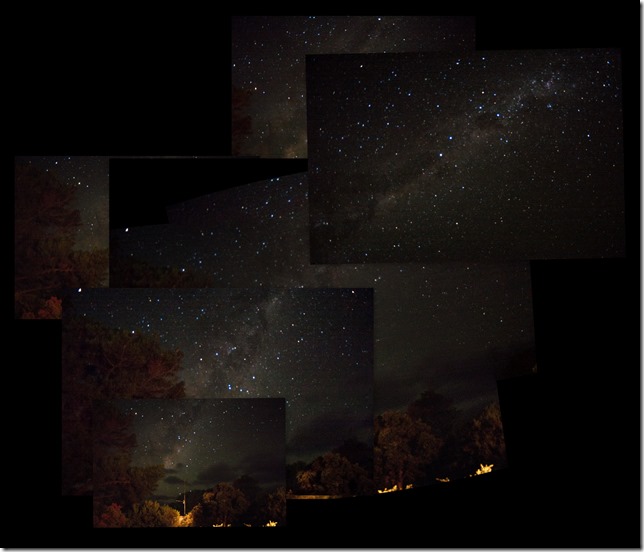
The dark skies allowed a great views of the milky way. the southern cross is high on the right hand image. This joiner style collage was created with Picasa.
Wednesday, April 23, 2014
PhotoProject :: Blurring the Edges
But rules are meant to be broken right. Below are a couple examples that break this “rule” and do it with style.
 Turners Rain.Steam & Speed was a somewhat of an avant-guard over the top image at the time. Its use of colour and strong atmospheric effects that predate the French impressionist but in some ways his attempts to represent pure light leads the way for them to follow. In any event turner has an intuitive sense of good composition, for example the train engine is located at the golden mean point (both horizontally vertically the ratio of distance along that axis is 1: 1.6 that divine proportion. I don’t think he used callipers, I think he just knew where to position it. It is worth clicking on this thumbnail to see the enlarged image. Can you see the hare trying to get away from the train?
Turners Rain.Steam & Speed was a somewhat of an avant-guard over the top image at the time. Its use of colour and strong atmospheric effects that predate the French impressionist but in some ways his attempts to represent pure light leads the way for them to follow. In any event turner has an intuitive sense of good composition, for example the train engine is located at the golden mean point (both horizontally vertically the ratio of distance along that axis is 1: 1.6 that divine proportion. I don’t think he used callipers, I think he just knew where to position it. It is worth clicking on this thumbnail to see the enlarged image. Can you see the hare trying to get away from the train?
Ken Duncan's peaceful waters image breaks a few rules, eg strong lines and symmetrical placement but it is also truly wonderful. The eye is very definitely drawn in by the converging lines and the bollards on the end of the wharf and rocky outcrop with a silhouetted tree give plenty for an exploring eye to investigate but it is the colours that gives the real wow factor. It has become the “inspiration” for many many similar images. It is worth clicking on the image and find out just how it came about.
But Lines have to Hit the Edge?
Ok having seen the rules being broken how might they be acknowledge and followed in photography because there are pretty much always lines that will extend out of the photo (like the horizon cutting across any landscape photo for example). The Photographer at the time of taking the picture does have a some control of how strong lines appear in the photo, for example he/she can change their point of view or tilt the camera. For example lines that converged into the image (as in both these examples above) tend to draw the eye in. If the lines converge towards the edge your eye could be draw out of the picture. Particularly if they exit close to the corners. Thus best avoided. Also your eye or more particularly your brain is drawn to strong contrast, because it assumes that will be an edge. So the point on a line with the strongest contrast will be what draws the viewers eye. This is where the idea of ”lost and found” lines comes in very handy. Your brain actually likes to entertain itself with little puzzles and one it loves is to project where objects and edges are. So it can figure out where a line might run and if it gets some confirmation of where this is, it may not bother looking further, This is a perfect way to slow the viewer’s eye down and back into the centers of interest in your image.Blurring the Lines!
So the theory here is to reduce the contrast and blur strong lines before they hit the edge. Its just like a vignette only instead of changing the tone the image is blurred and/or dulled. Its really a simple idea and I think can work well on the appropriate occasions..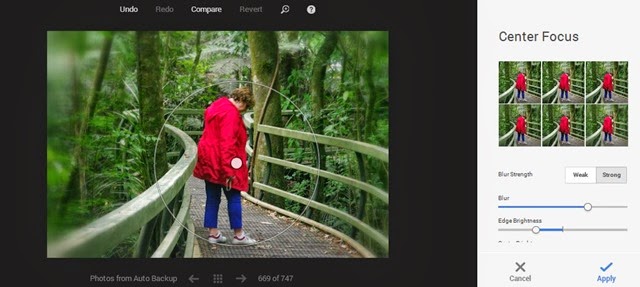
Selling those pixels
I have always been on the look out for simpler ways to sell my work.Using the net to do it is appealing but and its a really big BUT …its a lot of work, unless you sign that over to a middleman who takes takes all the profit. (for example selling a photo ebook on the apple store that cost more than $10, sees apple taking a commission of 70%+, I have “sold” a few large prints of redbubble but haven’t yet reached the point where I have earned enough to get a cheque mailed to me, the actual amount you get from many stock photograph services is tiny and shrinking! The 25-30% commissions most galleries charge is starting to look ok. It is possible that Pixel.com, which is an offshoot of Fine Art America, is positioning itself in this “we do everything for you” market but they do seem to be making a few sensible noises to appeal to “real”* artists and photographers. If nothing else I like their video on YouTube (above).
I’m not really sure it will succeed, specifically can they attract the serious art buyers, but I’m willing to give it a try. Watch this blog space for details of my work on pixel.com
* by “real” I just mean those creatives that need to make money from their work to live and keep creating, rather than hobbyists or those with the luxury of another income stream.
Monday, April 21, 2014
PhotoFriday :: Texture, Leaves & Light
Sunday, April 20, 2014
PC melt down, was Google+ AutoBackup the Culprit?
Whilst travelling in New Zealand I was able to connect to free but relatively low bandwidth access to the net, eg most libraries offer free WiFi and many cafes have 30minutes free WiFi etc. With this sort of free access it seem unnecessary to pay the exorbitant data roaming charges of telstra. The downside was the bandwidth is very limited but still. First I noticed it was almost impossible to shut my computer down. Then one night I was on line and loading a number of photos from several cards and the card seemed to hang. Everything on the computer just got slower and slower even when not connected to the net and I had to kill the system and restart it in safe mode. My first step was to get everything backedup to a backpack USB drive I always carry but being so busy I hadn’t done in a few days.  Given all the publicity about the heartbleed vulnerability, virus and malware check was by first though but things checked out fine. I even did the full check disk thing, still ok. Then when I reconnected to the net I saw google+ autobackup was waiting to rebackup every photo on my laptop and suggesting it would take 73days! I did check the photo size it was trying to upload and it was still set to standard. If you select the standard size google+ autobackup only stores images at 2,048pixels in maximum dimension, which is fine for web display and small prints, and this size and smaller the storage is free (ie unlimited). I paused Autobackup immediately. However I ended up uninstalling it, rather than restarting it. Mainly because there is no obvious help files that I could find. Magically the slowness of my system and glitches loading photos disappeared. Sadly the specific card reader I was using at the time of the melt down has completely die.
Given all the publicity about the heartbleed vulnerability, virus and malware check was by first though but things checked out fine. I even did the full check disk thing, still ok. Then when I reconnected to the net I saw google+ autobackup was waiting to rebackup every photo on my laptop and suggesting it would take 73days! I did check the photo size it was trying to upload and it was still set to standard. If you select the standard size google+ autobackup only stores images at 2,048pixels in maximum dimension, which is fine for web display and small prints, and this size and smaller the storage is free (ie unlimited). I paused Autobackup immediately. However I ended up uninstalling it, rather than restarting it. Mainly because there is no obvious help files that I could find. Magically the slowness of my system and glitches loading photos disappeared. Sadly the specific card reader I was using at the time of the melt down has completely die.
Was Google+ AutoBackup the culprit?
Did I miss it, the highlights and autoawesomes. Not at all I was still able to share, with my family (not the world) via a new album I set up in Picasa.
Saturday, April 19, 2014
Bidding NZ goodbye
Did I really take almost 3,000 photos. yeap looks like I did.
Thursday, April 17, 2014
The Patch :: Boats and More Boats
 One thing there are plenty of in the bay of island are boats, starting from huge cruise ships down to tiny “tinnies”. Every little Bay and sheltered inlet is crammed with expensive pleasure craft but I got interested in other boats the smaller row boats that are parked every to get out to the expensive toys.Some are stacked neatly in racks, other a bit all over the place, but they could make for interesting composition. On the day I visited the Waitangi Treaty Ground there was a large cruise ship anchored off shore and the sun lit it as I was looking at the massive war canoe. The red cross spare making an interesting pattern BUt the canoe is so large I had to hold the camera up well above my head and hope I was pointing in the right direction just to get an image (and it never really came off. Such is life.
One thing there are plenty of in the bay of island are boats, starting from huge cruise ships down to tiny “tinnies”. Every little Bay and sheltered inlet is crammed with expensive pleasure craft but I got interested in other boats the smaller row boats that are parked every to get out to the expensive toys.Some are stacked neatly in racks, other a bit all over the place, but they could make for interesting composition. On the day I visited the Waitangi Treaty Ground there was a large cruise ship anchored off shore and the sun lit it as I was looking at the massive war canoe. The red cross spare making an interesting pattern BUt the canoe is so large I had to hold the camera up well above my head and hope I was pointing in the right direction just to get an image (and it never really came off. Such is life.
The weather has turned foul and the bike hire place at the end of Paihia beach, which is normally bustlingly with back packers was quiet and their kayaks for hire where all lined up in the beach. Just a small break between showers to get a quick snap. I was also quiet amazed to see the line of swimmer emerging from the water (look on the left had side). Al last a nice composition.
Wednesday, April 16, 2014
Whangarao Harbour
Following in Charles Darwin’s Footsteps
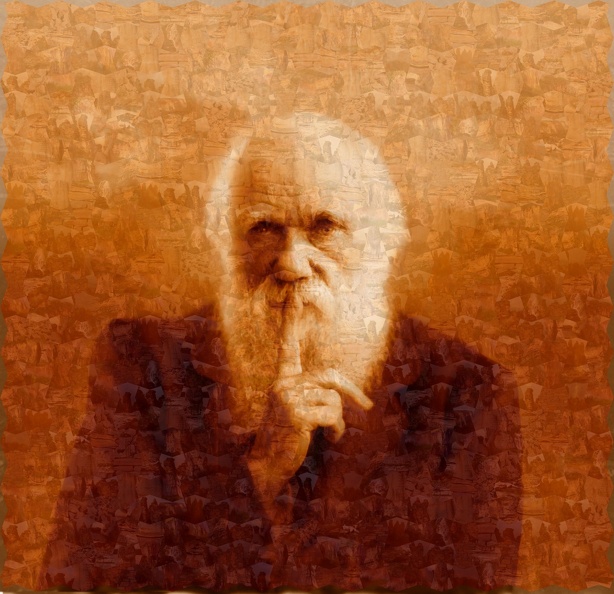 The fact that Charles Darwin visited the bay of Island in late 1835 is almost a bit of a secret here. These are some photos of my own along with extracts from “The Voyage of the Beagle”. Like my Retracing Darwin journey following his visit to Bathurst in 1836, I have enjoyed following in Darwin’s footsteps. Sometimes things have change little, in other places the difference is immense. For instance Darwin describes the area of Kororareka (which means Sweet Penguin) as “full of the refuse of society”, now known as Russell it is a sleepy romantic little charming town, not the scourge of the pacific as it was once notoriously described, and a magnet for rough elements such as fleeing convicts, whalers and drunken sailors.
The fact that Charles Darwin visited the bay of Island in late 1835 is almost a bit of a secret here. These are some photos of my own along with extracts from “The Voyage of the Beagle”. Like my Retracing Darwin journey following his visit to Bathurst in 1836, I have enjoyed following in Darwin’s footsteps. Sometimes things have change little, in other places the difference is immense. For instance Darwin describes the area of Kororareka (which means Sweet Penguin) as “full of the refuse of society”, now known as Russell it is a sleepy romantic little charming town, not the scourge of the pacific as it was once notoriously described, and a magnet for rough elements such as fleeing convicts, whalers and drunken sailors.
“December 22nd.—In the morning I went out walking; but I soon found that the country was very impracticable. All the hills are thickly covered with tall fern, together with a low bush which grows like a cypress; and very little ground has been cleared or cultivated. I then tried the sea-beach; but proceeding towards either hand, my walk was soon stopped by salt-water creeks and deep brooks.”
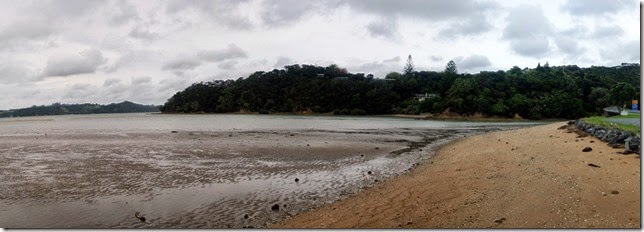
“December 23rd.— Mr. Bushby, the British resident, offered to take me in his boat by a creek, where I should see a pretty waterfall, and by which means my walk would be shortened “ [to Waimate].
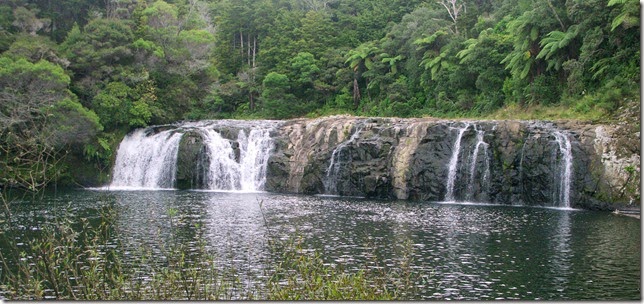
“Some time ago Mr. Bushby suffered a far more serious attack. A chief and a party of men tried to break into his house in the middle of the night, and not finding this so easy, commenced a brisk firing with their muskets. Mr. Bushby was slightly wounded, but the party was at length driven away.”

“At length we reached Waimate. After having passed over so many miles of an uninhabited useless country, the sudden appearance of an English farm-house, and its well-dressed fields, placed there as if by an enchanter's wand, was exceedingly pleasant. Mr. Williams not being at home, I received in Mr. Davies's house a cordial welcome. After drinking tea with his family party, we took a stroll about the farm.”
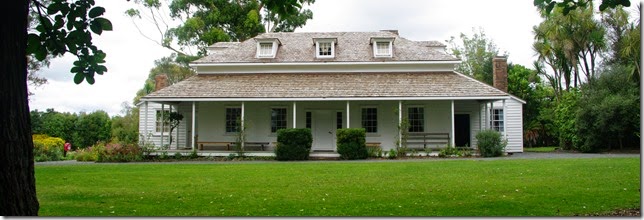
“December 24th.—A little before noon Messrs. Williams and Davies walked with me to part of a neighbouring forest, to show me the famous kauri pine. I measured one of these noble trees, and found it thirty-one feet in circumference above the roots. There was another close by, which I did not see, thirty-three feet; and I heard of one no less than forty feet. These trees are remarkable for their smooth cylindrical boles, which run up to a height of sixty, and even ninety feet, with a nearly equal diameter, and without a single branch. The crown of branches at the summit is out of all proportion small to the trunk; and the leaves are likewise small compared with the branches. The forest was here almost composed of the kauri; and the largest trees, from the parallelism of their sides, stood up like gigantic columns of wood.”
“December 26th.—Mr. Bushby offered to take Mr. Sulivan and myself in his boat some miles up the river to Cawa-Cawa [now spelt Kawakawa], and proposed afterwards to walk on to the village of Waiomio, where there are some curious rocks. …Here there are some singular masses of limestone resembling ruined castles. These rocks have long served for burial places, and in consequence are held too sacred to be approached. One of the young men, however, cried out, "Let us all be brave," and ran on ahead; but when within a hundred yards, the whole party thought better of it, and stopped short.”

“December 30th.—In the afternoon we stood out of the Bay of Islands, on our course to Sydney. I believe we were all glad to leave New Zealand. It is not a pleasant place.”

Tuesday, April 15, 2014
Lunar Eclipse
On Making a Vertical Panorama
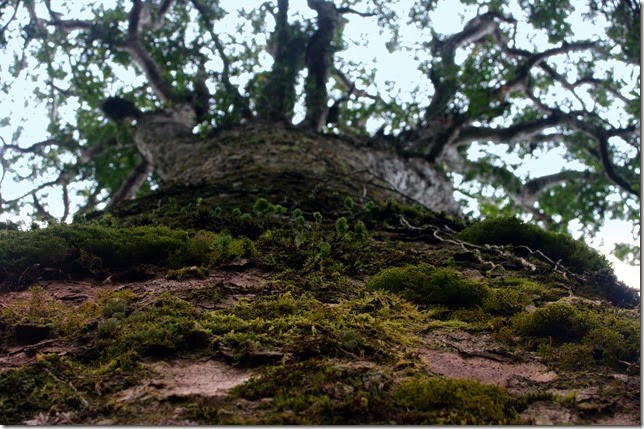 Trying to capture the full height of the mighty kauri tree is difficult, it towers above you but it is difficult to step back and get a full view, as the forest closes around you (like any rainforest). So you have the option of looking straight up (as above), and suffer the difficulty of achieving the depth of field range required, or taking a series of photo progressively looking up (as below left).
Trying to capture the full height of the mighty kauri tree is difficult, it towers above you but it is difficult to step back and get a full view, as the forest closes around you (like any rainforest). So you have the option of looking straight up (as above), and suffer the difficulty of achieving the depth of field range required, or taking a series of photo progressively looking up (as below left). The trouble with this approach is one of perspective. I usually use autostitch, rather than a plug-in or microsoft’s ICE, and that has a neat little auto straighten tick box on the orientation settings panel, which helps sort of the perspective issue are you rotate your camera upwards it stretches out the upper images and trying ti keep any strong vertical lines (like the tree trucks) vertical Giving the.stitched image a vase like appearance. If the black borders worry you, you can crop down the the image to remove them. If your stitching software doesn’t have this feature you can always rotate the photos 90 degress and treat them like a normal pamorana (but expect the tree trucks to curve in on you).
The trouble with this approach is one of perspective. I usually use autostitch, rather than a plug-in or microsoft’s ICE, and that has a neat little auto straighten tick box on the orientation settings panel, which helps sort of the perspective issue are you rotate your camera upwards it stretches out the upper images and trying ti keep any strong vertical lines (like the tree trucks) vertical Giving the.stitched image a vase like appearance. If the black borders worry you, you can crop down the the image to remove them. If your stitching software doesn’t have this feature you can always rotate the photos 90 degress and treat them like a normal pamorana (but expect the tree trucks to curve in on you).
The Kauri tree on the right is over 1,000 years old by the way.

